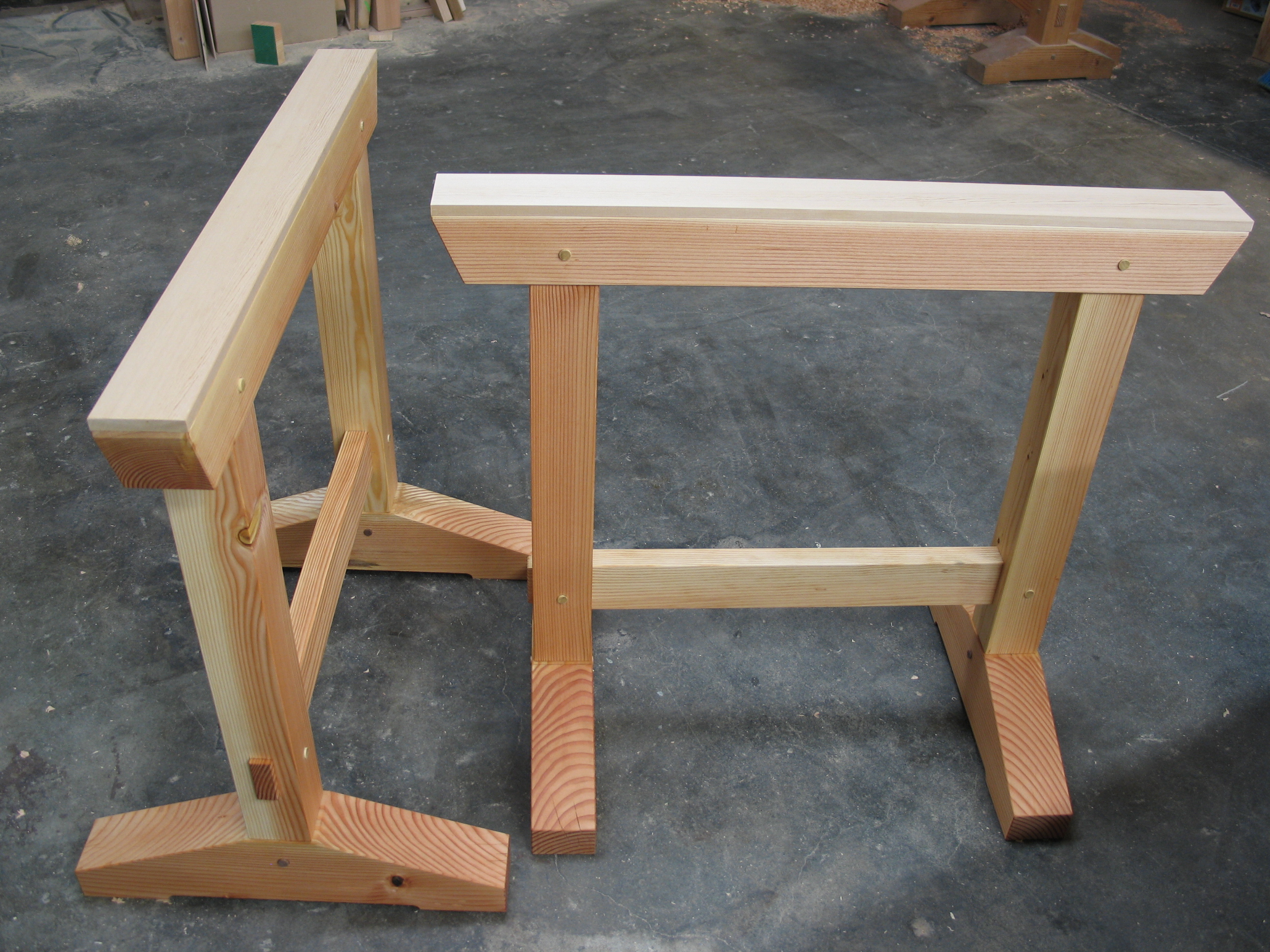What makes a drawbore different from a regular pegged tenon is the offset pin holes. Instead of the pin passing straight through the joint to hold it together, the hole in the tenon is bored slightly closer to the shoulder. This offset causes the tenon to be drawn deeper into the mortise when the wooden pin is driven through.
Watching a joint that you made pull itself together like that is a very cool thing. And when you feel how strong it is with no glue or metal fasteners, it opens doors in your head. You realize that joinery isn’t just the realm of mountain-dwelling woodworking mystics, but an accessible approach to working with wood.
The joint may look intimidating, but if you take your time and use sharp tools, you’ll be surprised at how easy it is. And while the drawbore style is a little more complicated, when cut carefully it’s fairly forgiving of loose fits, a bonus for the beginner.
If you’re comfortable around woodworking tools, these horses should present a light challenge, then last a lifetime. Because of their myriad uses in the workshop, to call them sawhorses would sell them short. I prefer workhorses.


